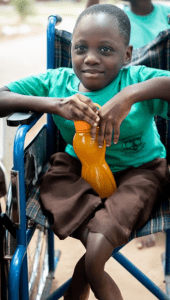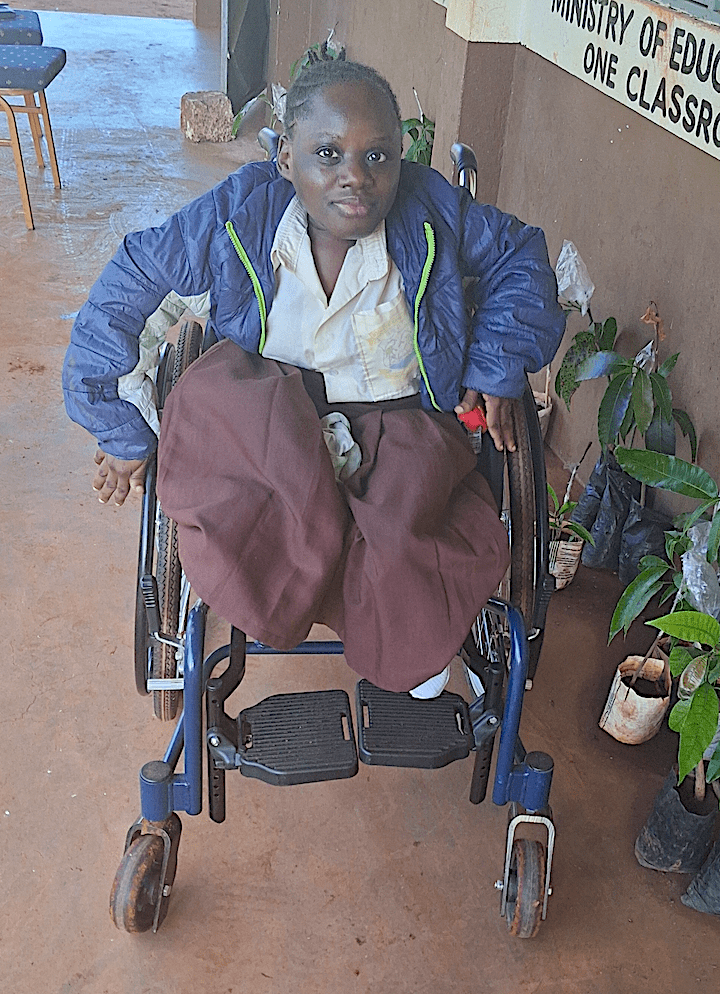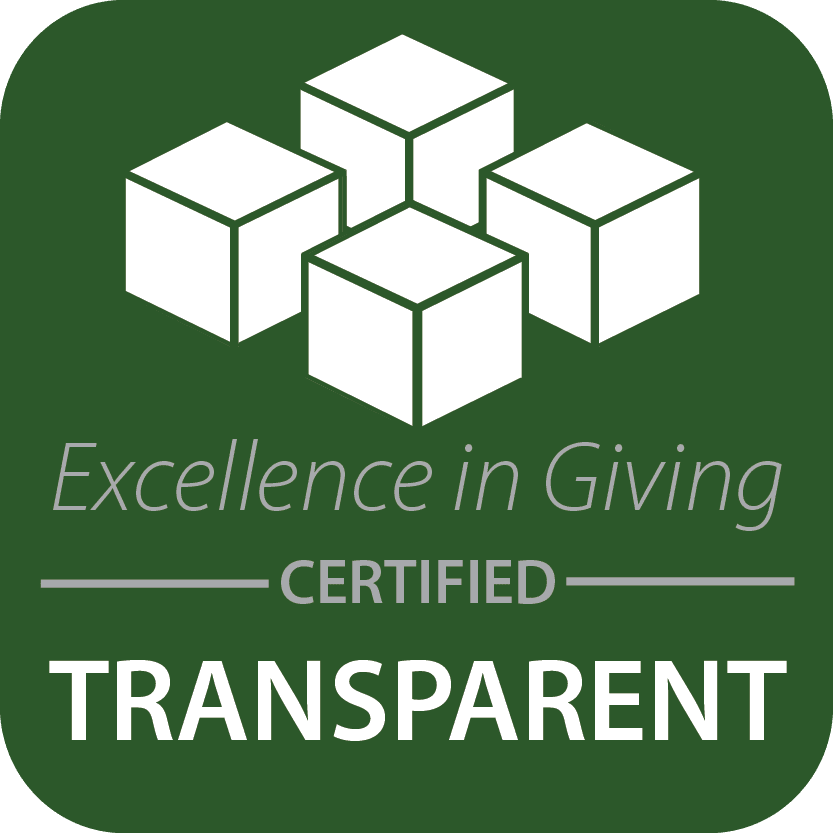Shaping Inclusion: How Mainstreaming a Child with a Disability Transformed a School and Motivated a Community
by Kupenda
Posted on October 8, 2025
Beliefs, Child, disability, education, Health, International, marginalized, stigma, vulnerable
Furaha, a 21-year-old youth with brittle bone disease from Kilifi County, Kenya, spent her early education in boarding schools for children with disabilities, both at the primary and secondary levels. After her first year in secondary school, Furaha did not want to return to school, citing insufficient support and the distance from home. As a result, she stayed home for a whole term without attending school.
Kupenda’s advocacy changed everything. Through counselling sessions with Furaha’s family and supporting her own self-advocacy, Kupenda encouraged her mother to consider enrolling Furaha in a nearby mainstream school. Though initially apprehensive, her mother agreed, and Furaha was enrolled in Form 2 at the nearby secondary school.

Furaha in primary school
Kupenda staff in Kenya worked closely with the headteacher, administration, teachers, and classmates to ensure Furaha was supported and fully included in all school activities. Two terms later, a follow-up visit revealed remarkable progress: Furaha was thriving academically and socially, making friends while serving as a role model for inclusion. A student named Rehema stated:
“When I first saw Furaha in my class, I was scared and felt sorry for her. I also thought that maybe her parents had done something bad. I was even afraid of going close to her. But when [Kupenda] came and told us to support her, I started interacting with her, and she is my best friend now. I now don’t view people with disability as persons who need charity, but that they are people who can thrive anywhere when given a chance.”
Furaha herself is proud to stay with her siblings instead of attending a distant boarding school. She is gaining confidence and feels empowered to advocate for other students. She stated:
“If I get a parent who is scared that her child will suffer in a mainstream school, I can encourage her that their child is capable of learning in those schools like any other people.”
The school’s perspective has also shifted. The headteacher noted:
“[Furaha] has changed the disability landscape in this school. Through her, we have constructed ramps in all classes and labs, our environment is now friendly, and she can access all the buildings in the school. We also came to learn that mainstreaming is something that should be practiced, compared to taking them to special schools. After school, these children go back to the community, which is made of both people with and without disability. When they learn in special schools, they come back to the community and are still ‘new’ … they continue to face the stigma because the community people are not used to them still. As a school, we are open for other children with disabilities to join here because we believe it will lead to more changes in our communities.”
Thanks to Furaha’s presence, the whole school community now embraces students with disabilities, supporting their inclusion and fostering structural changes like ramps and accessible classrooms. Her story demonstrates that mainstreaming students with disabilities not only benefits the individual but also transforms peers, teachers, schools, and communities—creating lasting change and reducing the need for students to leave their families for special boarding schools.
Furaha is a role model for other students and schools, showing that with advocacy and support, children with disabilities can thrive academically, socially, and emotionally in mainstream environments.
Want to keep updated on Kupenda’s work?
Follow us on Facebook, Instagram, LinkedIn, YouTube, and X.
Learn more about Kupenda in our podcast.
Sign up for our newsletter.
Or provide a child scholarship for just $35 / month.




Leave a Reply